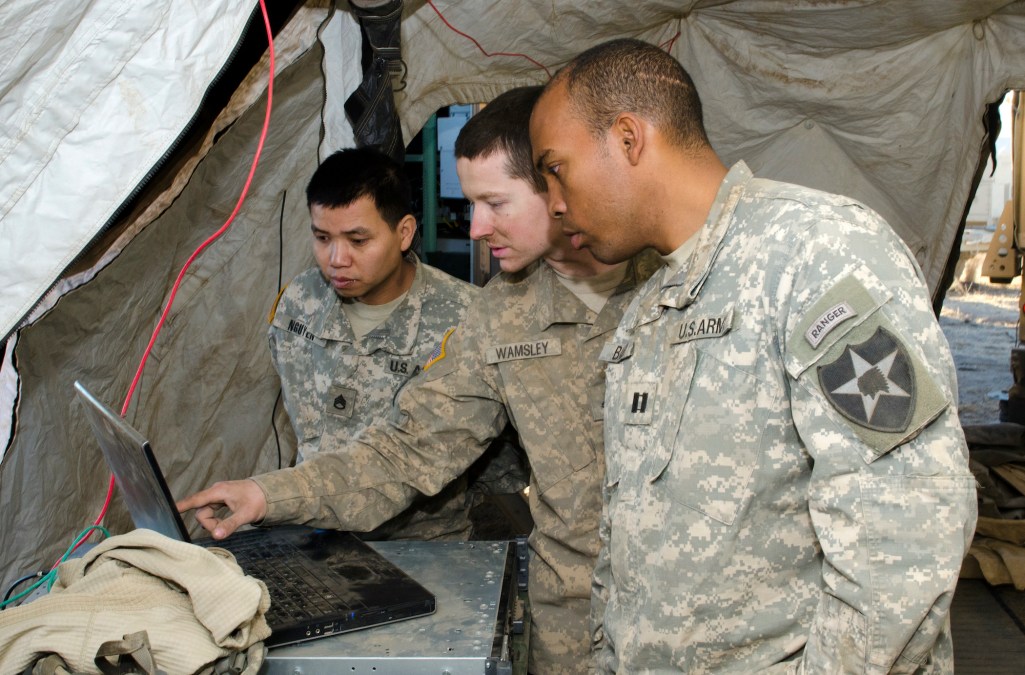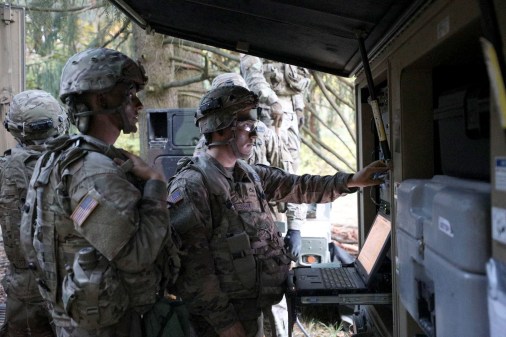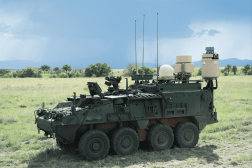Palantir wins Army network modernization contract, expanding its military work

Hitting the public market and the scrutiny that comes with it have not slowed down Palantir’s dealings with the military.
The company inked a new prototype deal with Army Futures Command‘s network modernization team to provide its signature Gotham data management software for use in the heart of the Army’s battlefield network modernization work.
Gotham is being integrated with the Army’s latest mission command software application, called the Command Post Computing Environment (CPCE), according to Palantir. CPCE is a key part of the Army’s network modernization and redesign that aims to link its more than a dozen battlefield networks into one. The two parties entered into a prototype other transaction agreement (OTA), a favorite rapid acquisition tool of Army Futures Command.
Integrating the networks and the data the flows on them is what the Army calls its “Common Data Fabric” initiative. And developing that type of fabric is “literally what Palantir does for business,” Doug Philippone, Palantir’s global defense lead, told FedScoop.
“We lay on top of those existing systems and combine them,” he said of the Army’s disparate networks.
Palantir could not release the value of this OTA contract, but the Army spends hundreds of millions of dollars on network modernization each year. Under the contract, Palantir will provide only a prototype to improve the Army’s visibility for the data on its network, but the work could be scaled to larger network data management if this phase is successful.
“Palantir is proud to provide a prototype engagement that will allow the Army to inform network design decisions by assessing how modern data fabric and security solutions can enable enhanced situational awareness, improve command and control, and improve collaboration with joint, allied and coalition partners,” the company said in a release.






